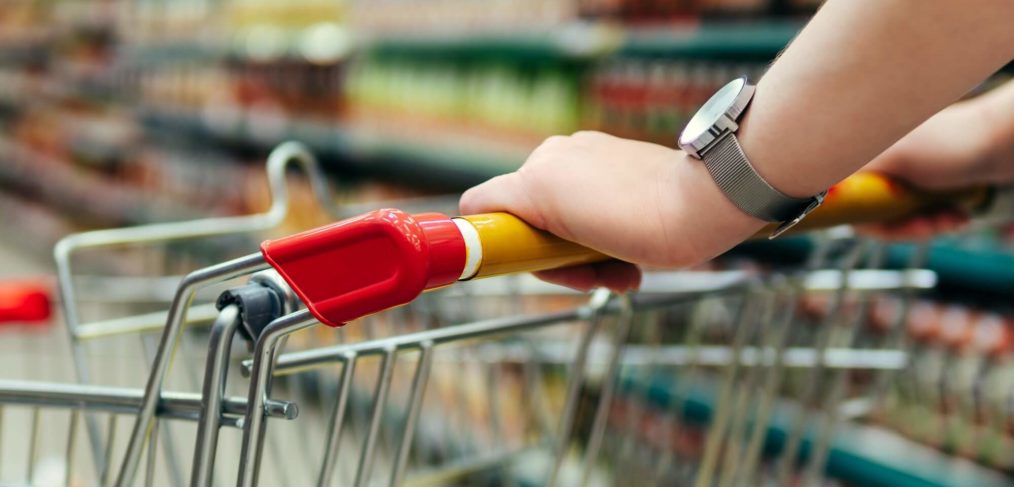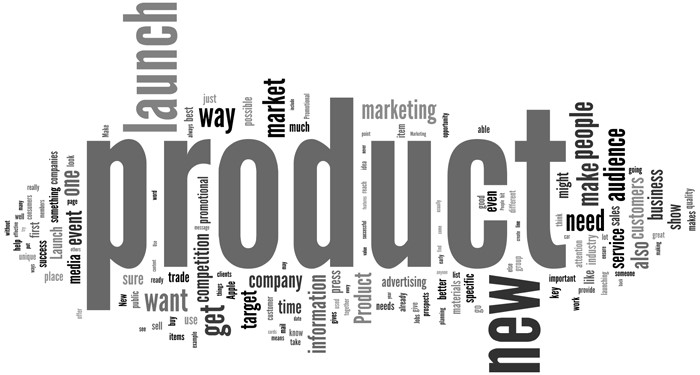
Q & A WITH FDG: New Product Entrants Do Not Sell Themselves
It is every food entrepreneurs’ dream to have their product listed by traditional grocers. Understandable, given food is a Top 3 basic necessity in life. To that, I would have retired long ago if I had a dollar for every time I have heard the phrase, “If I can just get my product on the shelf I know it will sell itself”. In the mid 1980’s I could appreciate that philosophy. In today’s market with increased competition, and the online market, that is furthest from the truth.
New Product Entrants Do Not Sell Themselves!
Let’s examine four facts that support this argument:
- Nielsen estimates 80 – 85% of new fast-moving consumer goods product entrants fail.[i]
- Micro-trips (less than 5 minutes in length) becoming the norm for Canadians.[ii] Products have less time to engage with consumers.
- On-line trips are up 10% while visits to physical stores are stagnant.[iii]
- New brand entrants have three-seven seconds to appeal to the consumer.
Having examined thousands of product launches, Nielsen identified three common causes of innovation failures:[iv]
- Neglecting to address a broad consumer need: New product entrants must have a broad appeal. Most niche products will not succeed.
- Failing to provide a good product experience: New entrants must live up to their brand promise. On average, it takes approximately seven repeat purchases for a consumer to become a truly loyal buyer.
- Providing insufficient marketing support: Marketing support challenges tend to stretch beyond year 1, yet budgets are usually cut after year 1. Generating awareness is a long-term venture.
From a personal perspective, I would add a fourth reason as to new entrants do no succeed:
- Product positioning: Most new products do not undertake a product positioning map. This is the process used to best communicate the products’ attributes to their target customers based on customer needs, competitive pressures.
New product entrants must have broad appeal and offer a unique selling proposition. Generating brand awareness goes above and beyond having a 1. Website, 2. Facebook, 3. Twitter and 4. Instagram account. Those are taken for granted by retailers, brokers, and distributors. Outlined below are just 3 recommended strategies to drive brand awareness:
- Influencer marketing campaign: Influencer marketing delivers 11X higher ROI than traditional forms of digital marketing. [v]
- Blogging: Recognized as one of the most effective ways to generate brand awareness.
82% of businesses admit blogging is critical to their business.[vi]
- Email Marketing Campaign: One of the most powerful tools for encouraging long-term habitual interactions with a brand. For every $1 a company spends on email marketing, they can expect to earn $38 of revenue on average.[vii]
Retailers today provide new brand entrants with short probationary periods (6-9 months) to prove themselves. Accordingly, they should commence their marketing campaigns 2-3 months prior to their launch to generate brand awareness so to ensure they are one of the Top 15% to become an innovative success.
Richard Baker is the founder and President of Food Distribution Guy. Seek assistance Getting and Staying Listed, forward us an email: richard@fooddistributionguy.com. Or contact us here – we’re here to help your brand succeed!
[i] Setting the Record Straight on Innovation Failure, Nielsen.
[ii] Micro-Trips Becoming the Norm in Grocery” PwC, www.canadiangrocer.com, David Brown, May 2019
[iii] Disruption in Canadian Retail, Quarter 3, Nielsen, 2019
[iv] Setting the Record Straight on Innovation Failure, Nielsen.
[v] Everything You Need to Know about Influencer Marketing in 2020, Branding and Buzzing, 2020.
[vi] 5 Powerful Benefits of Blogging for your Small Business, www.cbo.me, Shane McGeorge
[vii] Email Marketing ROI: What is the True ROI of Email Marketing, www.lyfemarketing.com, August 2019






